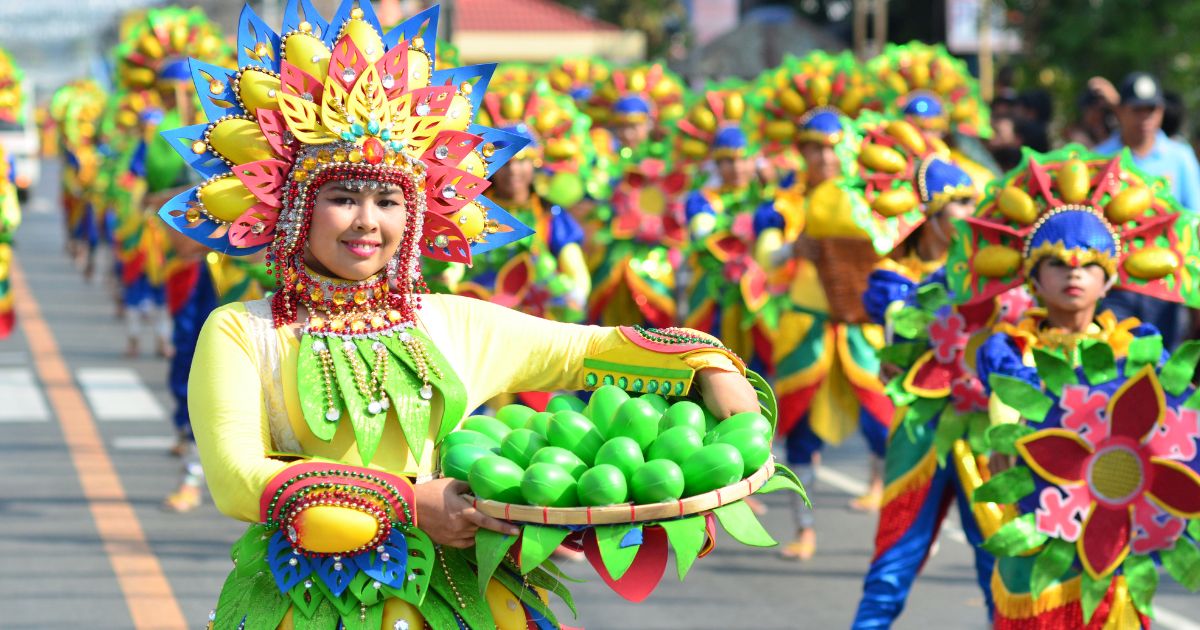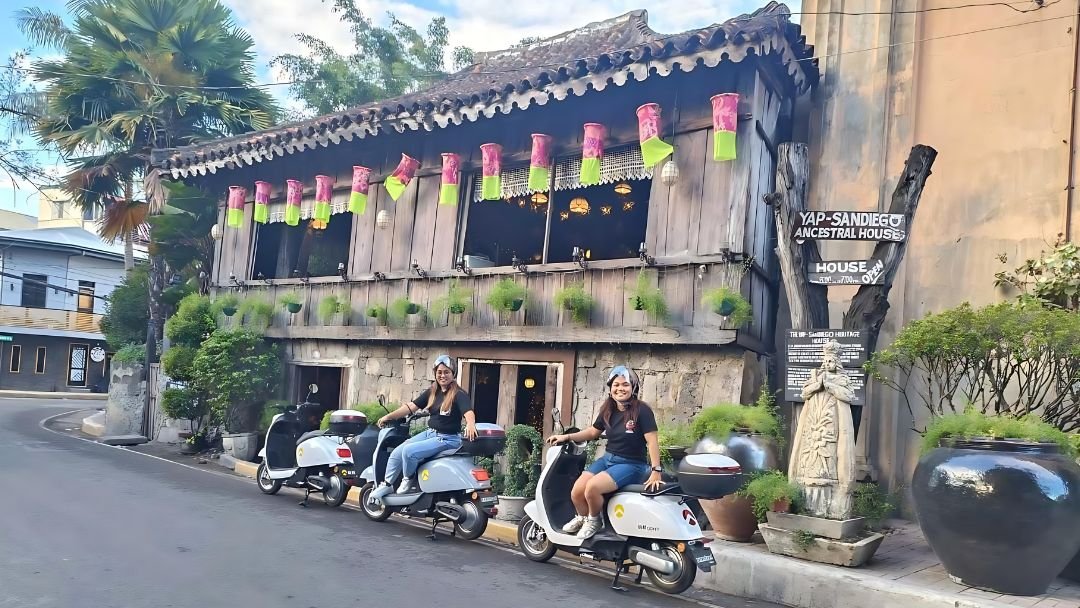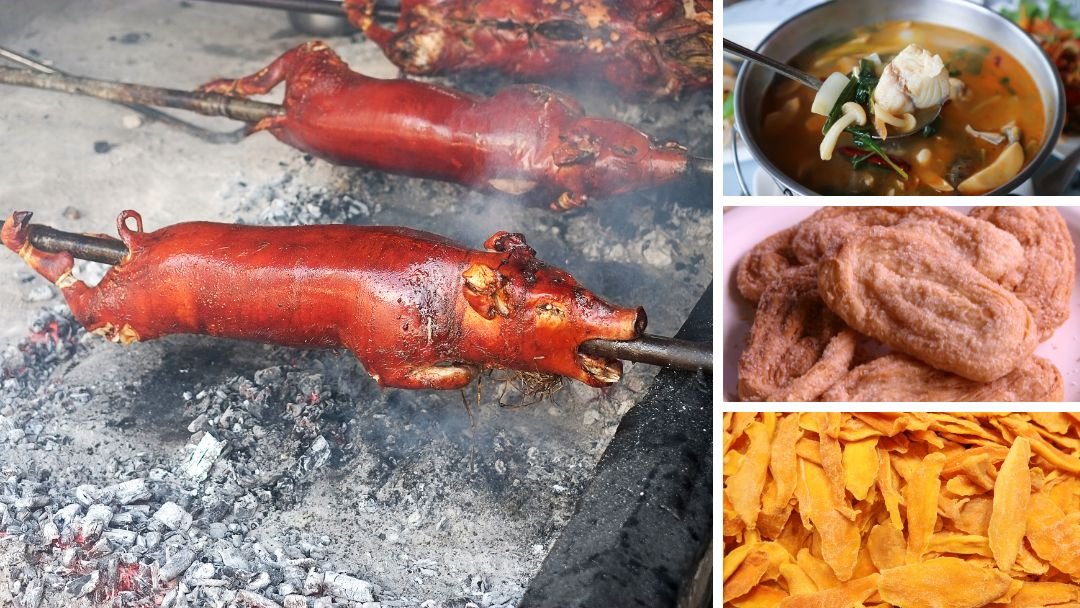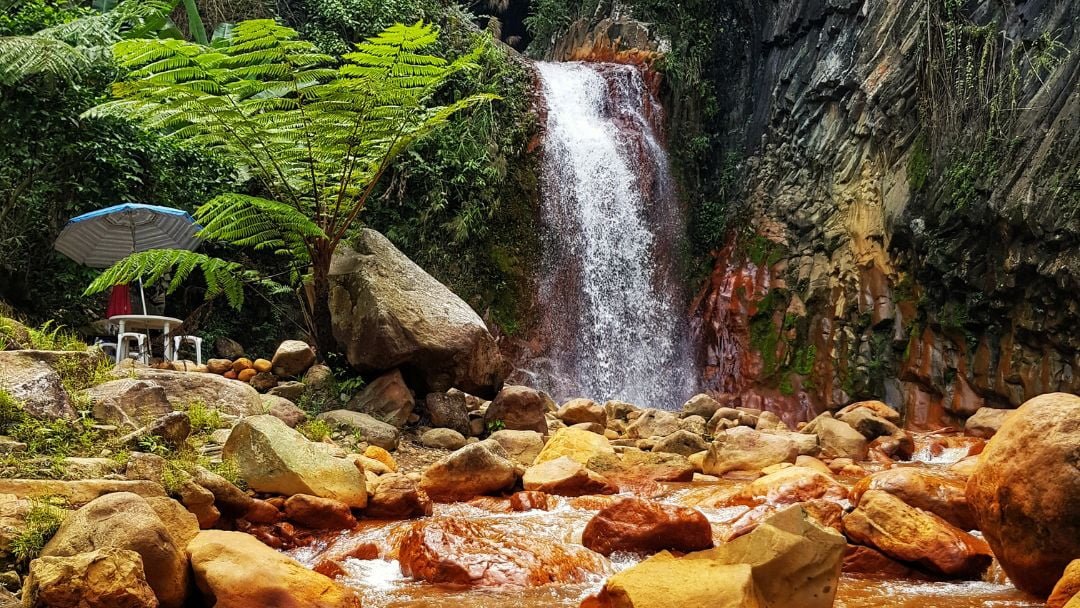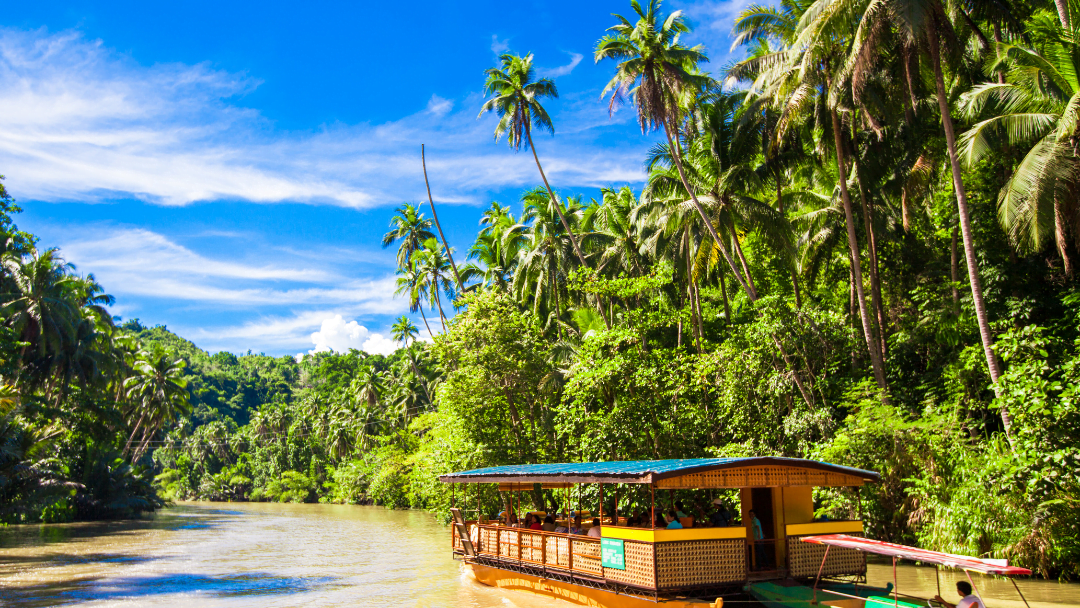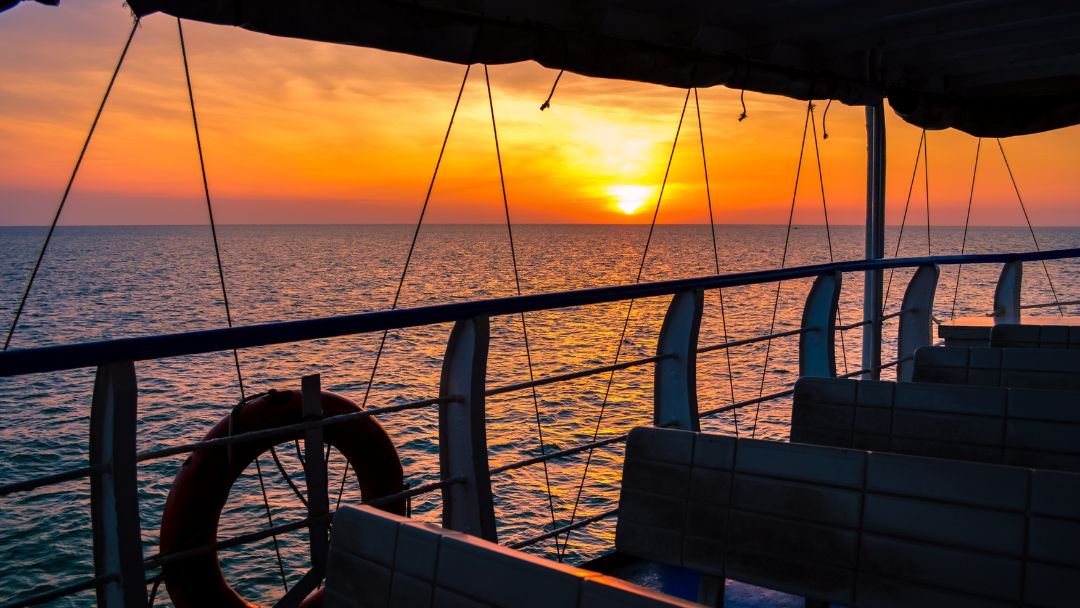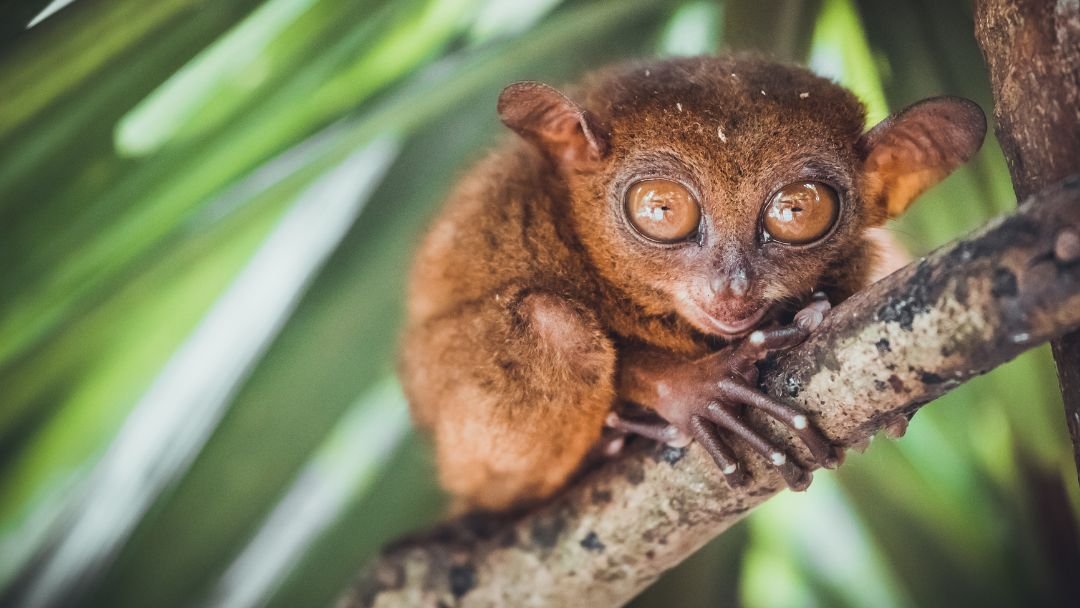The Philippines is a country known for its vibrant culture and rich traditions. One of the best ways to experience the essence of Filipino culture is by participating in the numerous festival events held throughout the year. These festivals showcase the country’s diverse heritage, colorful traditions, and strong sense of community. From religious processions to street parades, the festival events in the Philippines offer a unique and immersive experience for both locals and tourists. In this article, we will explore some of the most popular festival events in the Philippines and delve into the cultural significance behind each celebration.
Festival Events in the Philippines: A Kaleidoscope of Colors and Traditions
Sinulog Festival: Honoring the Santo Niño
The Sinulog Festival, held annually on the third Sunday of January in Cebu City, is one of the most celebrated religious and cultural events in the Philippines. The festival pays homage to the Santo Niño, the child Jesus, and commemorates the Filipino people’s conversion to Christianity. The highlight of the festival is the grand street parade, where participants in vibrant costumes dance to the rhythm of drums and trumpets. The Sinulog Festival is a visual spectacle that showcases the devotion and unity of the Filipino people.
Panagbenga Festival: Blooming of Flowers
Dubbed as the “Flower Festival,” the Panagbenga Festival is held in Baguio City, the summer capital of the Philippines. Taking place in February, the festival celebrates the blooming of flowers and the abundance of nature. Colorful floats adorned with flowers parade through the streets, accompanied by street dancers in traditional attire. The Panagbenga Festival is a feast for the senses and a testament to the beauty of nature.
Kadayawan Festival: Abundance and Thanksgiving
The Kadayawan Festival is an annual event held in Davao City, known as the “Fruit Basket of the Philippines.” Celebrated every August, the festival is a grand showcase of the region’s rich agricultural harvest and cultural heritage. The streets come alive with street dancing competitions, floral floats, and trade fairs. The Kadayawan Festival is a celebration of abundance and thanksgiving, highlighting the bountiful blessings bestowed upon the land.
Pahiyas Festival: A Colorful Harvest Celebration
In the province of Quezon, the Pahiyas Festival is held every May to celebrate the bountiful harvest season. The festival is characterized by vibrant decorations made from rice, fruits, vegetables, and other agricultural products. Houses are adorned with colorful rice grains, kiping (rice wafers), and various agricultural produce, creating a picturesque scene. The Pahiyas Festival is a visual feast and a way for the locals to express gratitude for the blessings of nature.
Ati-Atihan Festival: The Mother of All Philippine Festivals
The Ati-Atihan Festival, dubbed as the “Mother of All Philippine Festivals,” is held in Kalibo, Aklan, during the third week of January. The festival is a fusion of religious devotion and cultural merriment. Participants paint their faces with black soot and wear traditional Visayan attire, imitating the native Aeta people. The streets transform into a vibrant sea of revelers, dancing and chanting to the beat of drums. The Ati-Atihan Festival is a true testament to the Filipino spirit of camaraderie and festivity.
FAQs about Festival Events in the Philippines
1. What are the festival events in the Philippines?
The Philippines is home to a wide array of festival events that celebrate the country’s culture and traditions. Some popular festivals include the Sinulog Festival, Panagbenga Festival, Kadayawan Festival, Pahiyas Festival, and Ati-Atihan Festival.
2. What is the significance of festival events in the Philippines?
Festival events in the Philippines hold great cultural and religious significance. They showcase the country’s heritage, foster a sense of community, and provide an opportunity for Filipinos to express gratitude and celebrate their traditions.
3. Are festival events in the Philippines open to tourists?
Yes, festival events in the Philippines are open to both locals and tourists. In fact, these events attract a significant number of international visitors who are eager to immerse themselves in Filipino culture and experience the vibrant celebrations firsthand.
4. How can I participate in festival events in the Philippines?
To participate in festival events in the Philippines, it is best to plan your visit in advance. Check the dates of the festivals you wish to attend and make travel arrangements accordingly. It’s also advisable to familiarize yourself with the local customs and traditions to fully appreciate the significance of the celebrations.
5. What can I expect during festival events in the Philippines?
During festival events in the Philippines, you can expect a kaleidoscope of colors, lively street parades, traditional dances, intricate costumes, and an overall festive atmosphere. The festivals offer a unique opportunity to witness the country’s cultural diversity and engage with the local community.
6. Are festival events in the Philippines safe?
Festival events in the Philippines are generally safe; however, it is always important to exercise caution and follow basic safety guidelines. It is advisable to stay in well-populated areas, be mindful of your belongings, and follow the instructions of local authorities to ensure a safe and enjoyable experience.
Festival events in the Philippines provide a window into the vibrant culture and traditions of the Filipino people. These celebrations showcase the country’s rich heritage, foster a sense of community, and offer a unique experience for both locals and tourists. Whether it’s dancing in the streets during the Sinulog Festival or marveling at the colorful floats of the Panagbenga Festival, attending these events allows you to immerse yourself in the beauty and spirit of the Philippines. So, pack your bags and get ready to witness the spectacle of festival events in the Philippines!
